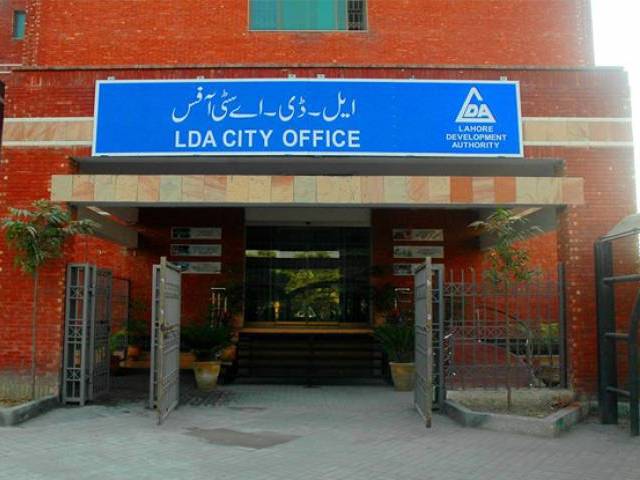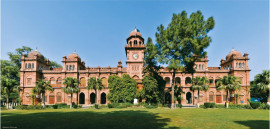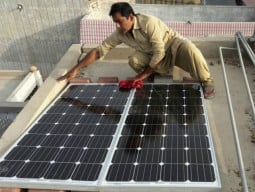
The main reason for the diminishing resource is the illegal and excessive pumping of groundwater and rapid urbanisation
To raise the level of the continuously falling underground water table in the provincial capital, the authority has decided to pay special attention to water planning and storage in new residential schemes.
Speaking at a departmental meeting in Water and Sanitation Agency’s (WASA) head office, LDA Director General Amna Imran Khan directed officials to devise a comprehensive strategy to address the water shortage.
She also directed officials to complete the canal water treatment project on time and promote water harvesting in urban areas.
LDA approves Rs10b for multi-storey tower complex
Amna instructed officials to ask private housing societies to install water treatment plants. She also asked senior WASA officials to make regulations for tube-wells installed by institutions other than WASA.
Amna was also briefed about arrangements for the drainage of rainwater during the monsoon season. She was informed that the agency had established emergency camps at 35 locations in the city for quick discharge of rainwater from roads and markets.
She also instructed WASA officials to make necessary arrangements to drain rainwater near polling stations ahead of general elections.
According to WASA estimates, groundwater level in the provincial metropolis has dropped from 30-40 feet to 700-800 feet in most areas over the past two decades.
Punjab Irrigation Department figures suggested the water table in the provincial capital was falling around three feet every year; mainly because of the illegal and excessive pumping of groundwater and rapid urbanisation.
Water experts argue that massive urbanisation was fast breaching the natural ecosystem. Construction and pavement have virtually blocked the groundwater recharge system in the urban centre as open spaces, parks and unpaved land were shrinking fast.
A study conducted by the WWF Pakistan pointed out that besides urbanisation, excessive pumping of water was one of the main reasons of rapid depletion of groundwater in the provincial capital. It indicated that the absence of any municipal water act or water-right law, groundwater was pumped indiscriminately by industries and private housing schemes.
The study estimated that the water supply for domestic, industrial and commercial uses mainly comes from groundwater, which was estimated to be 3.79, 0.92, 0.77 million-cubic-meters (MCM) per day, respectively. WASA supplies water to most urban areas, while Lahore Cantonment Board, Walton Cantonment Board, Defense Housing Authority, Model Town Society, Pakistan Railway and a large number of private housing schemes were responsible for supplying water to their respective areas.
The study showed that private housing societies in the provincial capital pump 0.37 million-cubic-meters (MCM) per day to supply water to their residents. It highlights that in areas where the water supply network is not available, estimated extraction is 0.35 MCM/day, which means the total groundwater extracted by private housing schemes is approximately 0.71 MCM/day.
In addition, the Public Health Engineering Department (PHED) runs rural water supply schemes in Lahore district. The data also showed that the total domestic water consumption in Lahore was around 1,384 MCM per annum.
WWF officials believe underground water was running out fast in the country. Pakistan has become one of the most water-stressed countries in the world and is rapidly heading towards becoming water scarce.
Per capita availability of water had dropped below 1,000 cubic meters as compared to 5,650 cubic meters in 1947. In comparison, around 1,600 cubic metres of water was available per capita in India, while major European countries had up to twice as much ranging.
Published in The Express Tribune, June 28th, 2018.


















1713904359-0/burn-(1)1713904359-0-270x192.webp)



















COMMENTS
Comments are moderated and generally will be posted if they are on-topic and not abusive.
For more information, please see our Comments FAQ